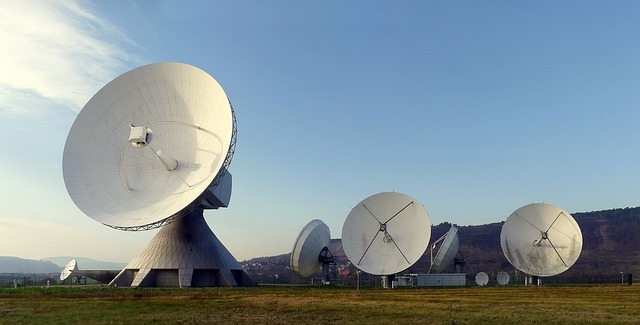
Do Radar Detectors Only Sense Certain Kinds of Weather?
Most civilians understand radar reports from watching their local weather station, but few comprehend the logistics behind the data. A weather radar detector is a great predictor of rain and snow, but what about severe weather? How Does Radar Detect Weather?
How Does Radar Detect Weather?
A radar detector is a dish that sends radio waves out into the atmosphere. When those radio waves reach an obstruction in the air, such as clouds or precipitation, the transmission returns to the dish where data is received. Advances in technology allow this information to be detailed enough to predict the type of precipitation that is coming, and how long it will take to arrive.
Do Radar Detectors Have Limitations?
While geographic barriers can disrupt radar beams from reaching their target, the larger limitation of these detectors is their inability to sense certain types of weather. A radar detector can’t typically sense tornados, thunder, or lightning on its own.
While predictions can be made based on radar readings that tend to happen at the same time, these assumptions by themselves don’t make for the most accurate data. It then becomes necessary to bring in other sources of reporting to measure variables that radar simply can’t detect:
- Wind speeds
- Humidity levels
- Air temperature
- Lightning
A lightning detector measures electromagnetic emission in the air and translates this data to the observer. Even without the presence of precipitation on the ground, lightning is considered severe weather due to its life-threatening characteristics. Being able to track it is crucial for public safety, and radar is not usually equipped to handle this job on its own.
How Can Storm Detectors Keep People Safe?
Severe storms can place thousands of people at risk if communities are not prepared for them. Radar works in collaboration with other storm detectors to keep reports accurate and up-to-date. By investing in weather tracking software, you can prevent disaster by alerting individuals that danger is coming.






